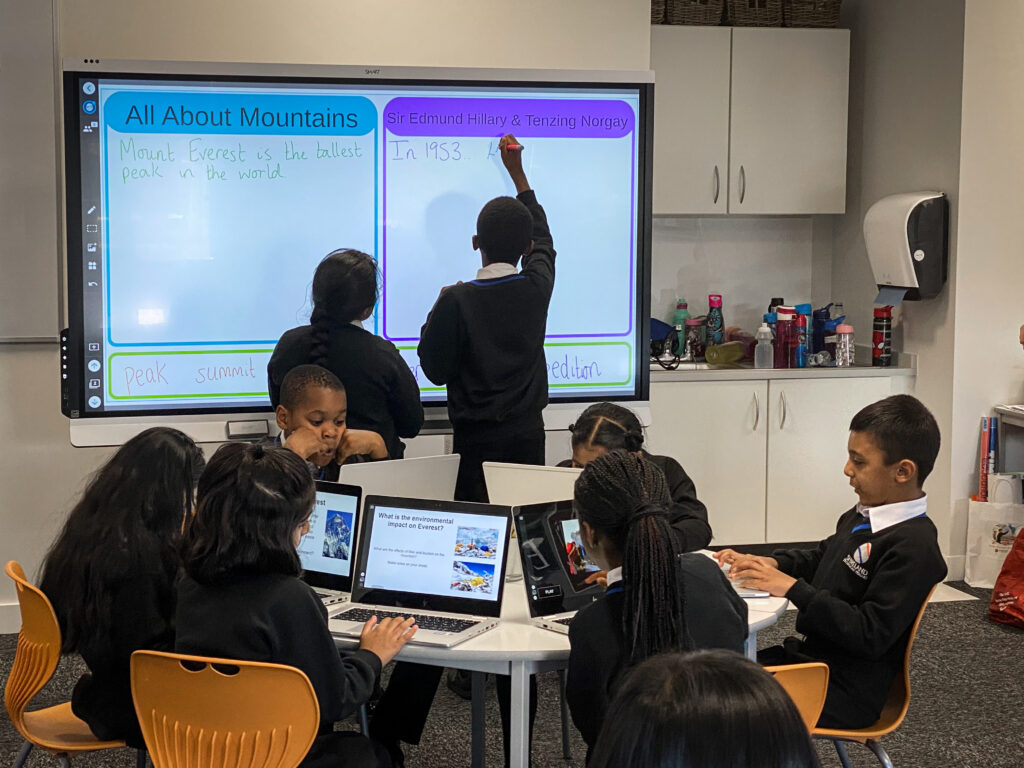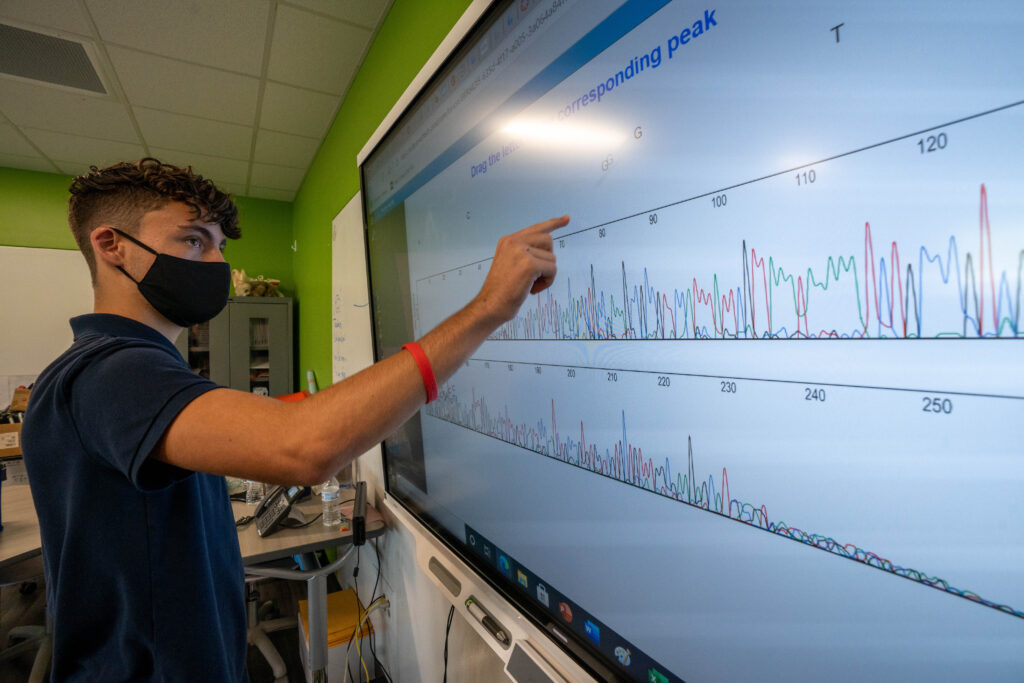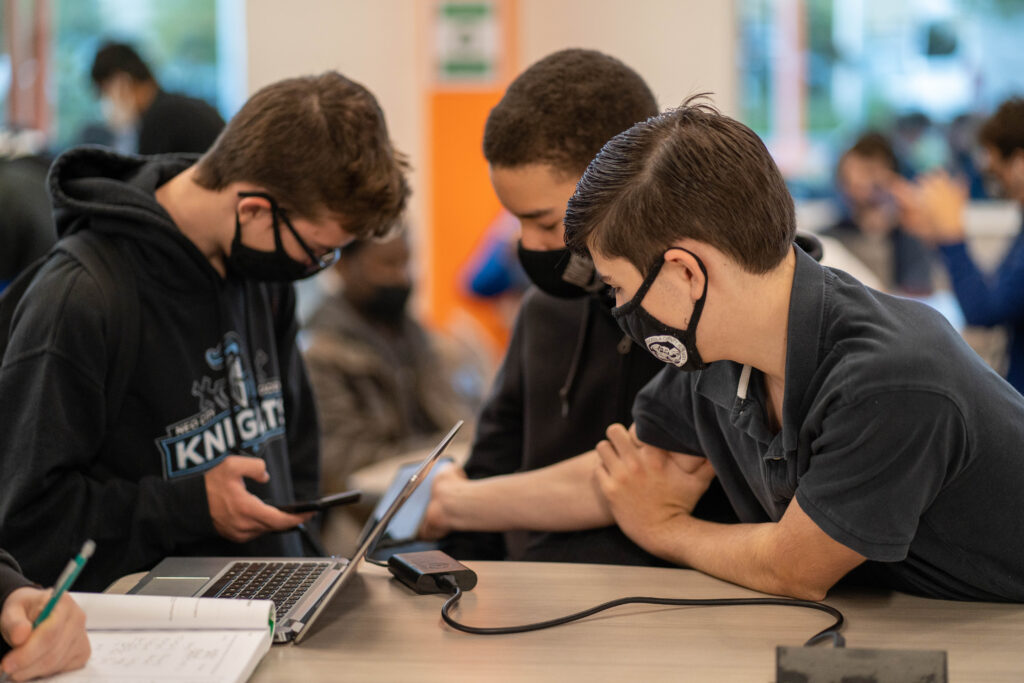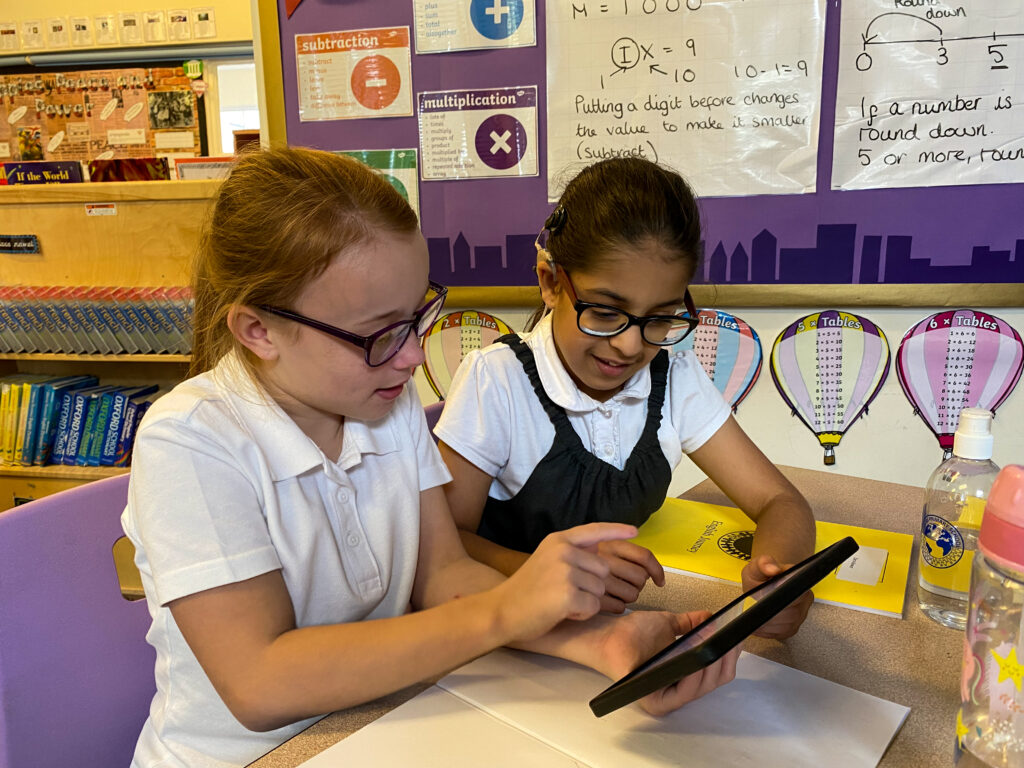We all know the impact that COVID 19 had and continues to have on many elements of education. One of the shifts that we’ve seen is an increase in visibility. There is more attention on the what and the how students are being taught. Through new tools and adapted approaches to instruction, we have seen unique ways in which learners connect to our teaching. We have also seen how the world around them can both fuel and distract from their learning, even simultaneously. Engaging students in active learning is more important than ever before.
Why Encourage Active Learning?
When I think about how I structure my lessons for in-class and out-of-class learning, I try to design active learning experiences. The goal is for these experiences to get my students thinking about, analyzing, and interpreting the content in meaningful ways. Active learning allows students to truly connect with their learning and understand it on a deeper level.
Engaging students in active learning doesn’t need to be complicated. There are many ways to build active learning experiences into instruction, from simply having students draw what they know, to inquiry-driven learning units, to experiential learning through hands-on or virtual site visits. Lumio, formerly SMART Learning Suite Online, is one of my favorite tools to embed active learning into my teaching. It helps to seamlessly provide students with opportunities to interact with both their learning and their peers as they explore content and build new skills. The basic plan is free, but there are also paid plans that offer additional lesson storage.
Let’s explore five easy active learning ideas that can be used across the grade levels for in-class and out-of-class activities.
1. Reflection and Conversation
An easy activity I love to use is simply having students pause and think. Setting aside a few moments for students to reflect on their learning allows them to build connections and activate prior knowledge in meaningful ways. Having students share their reflections with peers can further amplify this experience. Lumio makes this easy to do, even on the fly, with an activity called Shout It Out. It’s super simple to set up, and I can pose a question or provide a statement for the entire class to reflect on and respond to.
Students submit their responses using a text box on their device, and these appear on my laptop or display. It is also possible for students to submit images as their responses to a question. I like to lower the barrier to entry for this activity by letting my students contribute anonymously. And you can toggle the anonymity option on and off. We can then evaluate responses as a group, allowing students to see their peers’ thoughts, make new connections, and drive a good classroom discussion about any topic.

2. Minute Papers and Digital Manipulatives
Minute papers are another easy way to embed active learning in a lesson by asking students to articulate their current understanding of the lesson content. I love to use a digital manipulative or simulation to allow students to explore a concept, work through misconceptions, and then end the activity with reflection on their learning through a minute paper. Lumio has lots of options for digital manipulatives, including PhET simulations which are one of my favorites. Check out this simulation and minute paper activity on diffusion.

3. Connecting with Real-World Content
Real-world content helps make learning relevant for our students. It connects learning to their lives and communities and has a direct impact. An easy way to allow your class to explore and respond to a topic is to embed a YouTube video in your lesson. You can follow the video with a small group activity using a graphic organizer where students can collaborate and learn from each other. They can share, sort, and categorize their thoughts on the video content through a graphic organizer. You can find STEAM examples here.

4. Game-Based Review Activities
Review games are another great way to incorporate active learning into your classroom. Not only do they get your students engaged and involved through friendly competition, but they also provide immediate feedback to students so they can identify their misconceptions and move their learning forward. Monster Quiz (and Team Quiz for situations when monsters aren’t appropriate!) in Lumio is an easy and fun way to do this.

5. Extending Conversation
My fifth (and definite favorite) active learning activity is to set up a class chat or backchannel discussion for students. This allows them to learn from and with each other. In many of my lessons, I set up a whole class workspace where students can leave questions about the content. Other students can reinforce their learning by answering these questions, and we can revisit questions later to discuss responses and fill in where no answer has been given. As a teacher, I can moderate as needed in real time, too.

Active learning is easy to incorporate into everyday teaching to engage students and inspire their thinking. It also gives both teachers and students real-time insights into the progression of their learning. Hopefully, you will find these ways to use Lumio for promoting active learning beneficial for your students and classroom.

